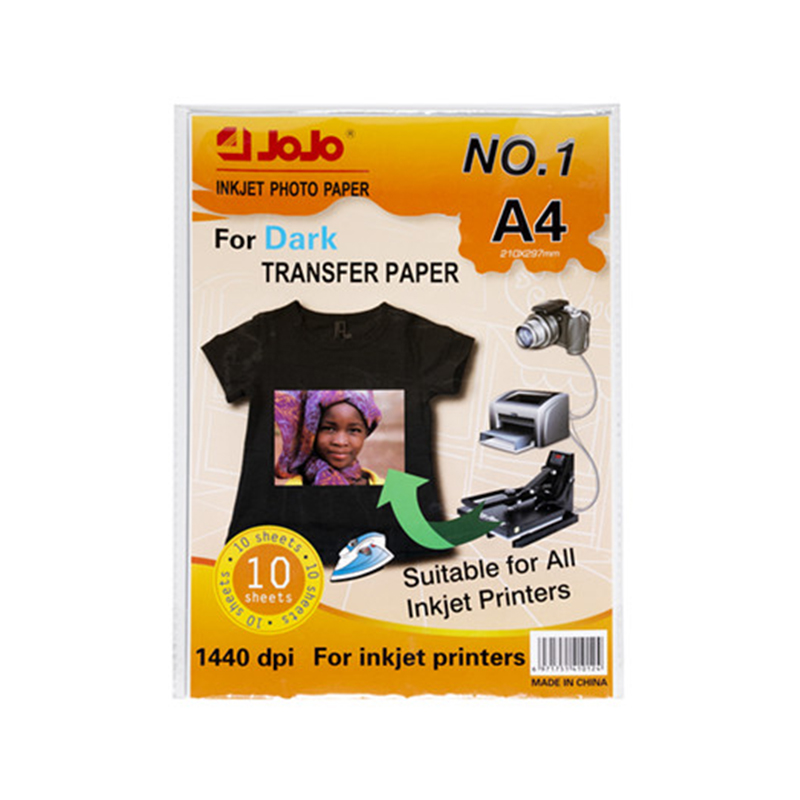If you need any help, please feel free to contact us
Environmental Impacts Of Photo Paper Production
The production of photo paper has long played a vital role in the printing and imaging industry, enabling high-resolution visual reproduction across a variety of platforms. As demand increases for advanced paper types such as waterproof photo paper, adhesive thermal paper rolls, and glossy photo paper with adhesive back, attention is shifting toward the environmental implications associated with these products. From raw material sourcing to post-consumer disposal, each stage of the photo paper lifecycle has the potential to impact ecosystems, energy consumption, and waste management systems.

Raw Materials and Coatings
Photo paper typically consists of a paper base combined with synthetic coatings that enhance print quality, water resistance, and ink absorption. For example, waterproof photo paper relies on polymer-based coatings—often polyethylene or resin layers—that prevent moisture from penetrating the substrate. While effective for durability, these synthetic coatings are not biodegradable and can complicate recycling processes.
Similarly, glossy photo paper with adhesive back incorporates a pressure-sensitive adhesive layer and a silicone-coated release liner. These components add to the complexity of the product and pose additional challenges for disposal and separation in recycling systems. The adhesives are often derived from petroleum-based materials and can emit volatile organic compounds (VOCs) during production, contributing to air quality concerns.
Adhesive thermal paper rolls, widely used in label printing and point-of-sale systems, introduce another set of environmental concerns. These products typically use thermal coatings containing chemical developers such as bisphenol A (BPA) or bisphenol S (BPS), substances that have drawn scrutiny for their potential health and ecological effects. Additionally, thermal paper often has limited recyclability due to its chemical composition, meaning a significant volume ends up in landfills.
Energy Consumption and Manufacturing Waste
The production of photo paper requires substantial energy input, especially during the coating and drying stages. Achieving uniform coating application and proper adhesion of resins or polymers to the paper base involves energy-intensive machinery and precise environmental controls. Glossy photo paper with adhesive back and waterproof photo paper typically require multi-layer coating processes, which increases overall resource consumption per unit.
During manufacturing, a significant amount of material can be lost due to calibration runs, edge trimming, and quality control rejections. These offcuts and by-products may contain synthetic resins or adhesive compounds, making them unsuitable for conventional recycling and requiring special handling or incineration. Additionally, the water used in coating processes must often be treated to remove chemical residues before discharge, introducing added environmental management requirements.
Packaging and Transportation
Photo paper products, particularly in roll form such as adhesive thermal paper rolls, are often packaged in plastic film or coated cardboard to protect them from moisture and contamination. While necessary to preserve product quality, these packaging materials contribute to plastic waste streams and increase the environmental footprint of transportation due to added weight and volume.
The transportation of photo paper—especially specialty types like glossy photo paper with adhesive back—frequently involves long-distance shipping. This contributes to greenhouse gas emissions associated with logistics. Bulk transport by sea, air, or truck also involves the use of protective pallets, shrink wrap, and labeling, all of which add to the material use and waste generation.
Post-Consumer Use and Disposal
Once used, photo papers often become part of municipal solid waste, especially when they contain synthetic coatings or adhesive layers. Waterproof photo paper, due to its non-porous and durable coating, does not easily decompose or break down in composting environments. Similarly, the adhesive on glossy photo paper with adhesive back may interfere with automated recycling systems, causing mechanical issues or reducing the purity of recovered paper fibers.
The thermal coatings in adhesive thermal paper rolls can also pose a barrier to recycling. Some facilities choose not to accept thermal paper at all, citing chemical contamination concerns. When incinerated, thermal paper may release harmful by-products into the atmosphere, depending on the type of coating used.
Industry Shifts and Sustainable Alternatives
In response to these environmental challenges, some manufacturers are exploring plant-based coatings, biodegradable adhesives, and recyclable release liners for adhesive-backed papers. Water-based resin systems are being tested to replace solvent-based coatings in waterproof photo paper, aiming to reduce VOC emissions and simplify end-of-life processing.
There is also a growing interest in post-consumer recycled (PCR) content in paper bases, which can help lower the overall carbon footprint of production. For adhesive thermal paper rolls, BPA-free and phenol-free thermal coatings are increasingly being adopted, though they come with cost and performance trade-offs.
In conclusion, while waterproof photo paper, adhesive thermal paper rolls, and glossy photo paper with adhesive back offer valuable functionality for modern printing needs, their environmental impacts cannot be overlooked. Balancing product performance with sustainable design and disposal practices will be a key challenge for the industry moving forward.

 English
English Español
Español 中文简体
中文简体 Português
Português

